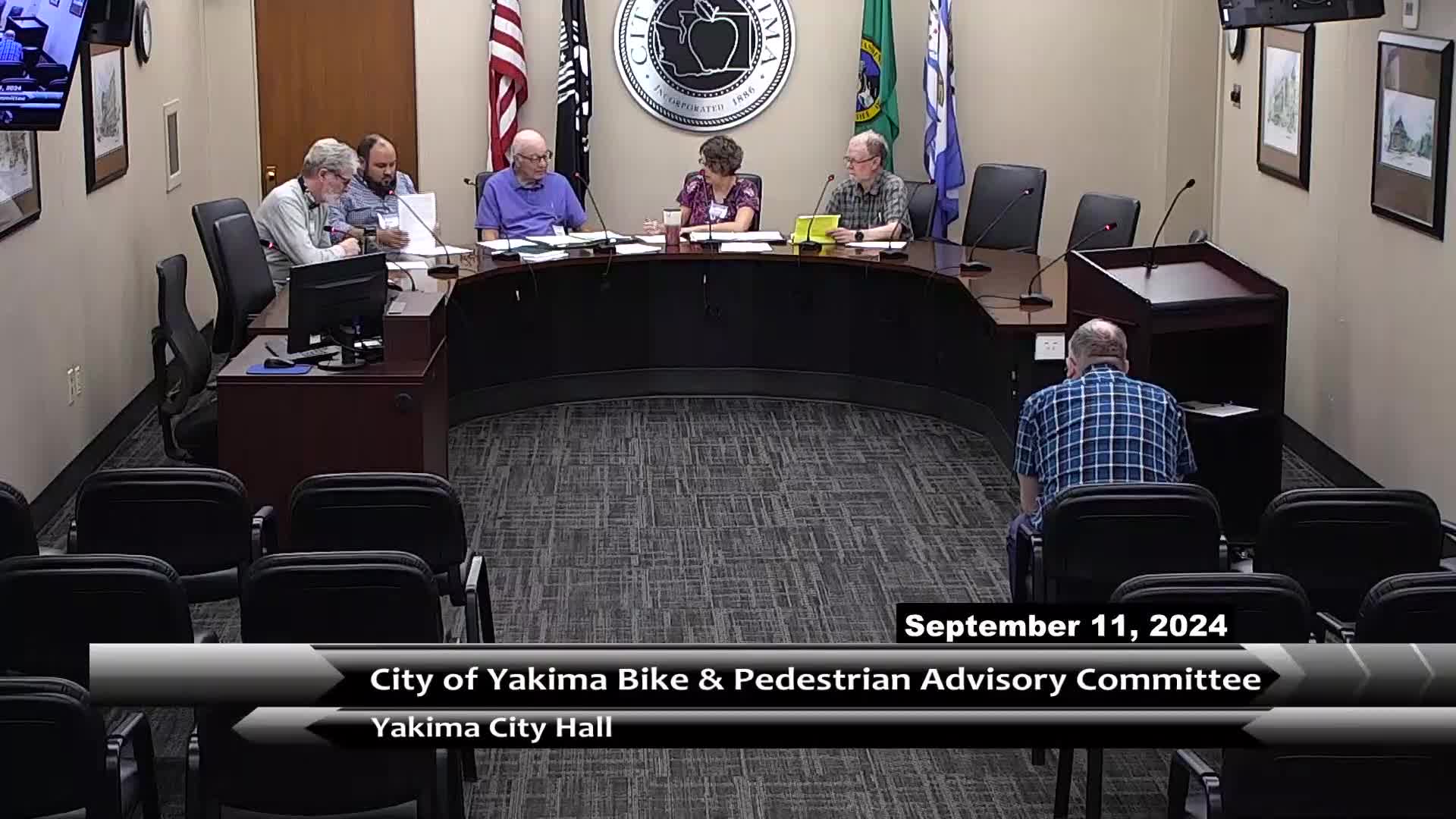City explores innovative traffic calming strategies for safer streets
September 11, 2024 | Yakima City, Yakima County, Washington
This article was created by AI summarizing key points discussed. AI makes mistakes, so for full details and context, please refer to the video of the full meeting. Please report any errors so we can fix them. Report an error »

During a recent government meeting, traffic calming measures emerged as a significant agenda item, prompting discussions on data availability and assessment methods. Jesse, a key contributor, highlighted the city's existing data collection practices, which utilize automated systems to monitor traffic speeds, counts, and directionality. This data, previously underestimated, includes detailed frequency histograms that could inform traffic calming strategies.
The meeting revealed that while the city has access to comprehensive traffic data, it has not fully utilized this information in its decision-making processes. The current approach to traffic calming appears to prioritize educational and enforcement measures over physical interventions like speed bumps or roundabouts, raising concerns about the effectiveness of these strategies in managing traffic flow.
Participants discussed the nuances of the city's point-based system for evaluating traffic calming requests. For instance, while certain areas, such as 7th Avenue and Adams Street, showed potential for traffic calming based on Yakima's criteria, they fell short under the city's system due to a lack of crash history data. This discrepancy highlights the need for a more integrated approach to data analysis, considering factors like crash causation and pedestrian safety.
The meeting concluded with a consensus to further analyze the collected data and revisit the topic in future discussions, emphasizing the importance of a comprehensive and contemporary approach to traffic management.
The meeting revealed that while the city has access to comprehensive traffic data, it has not fully utilized this information in its decision-making processes. The current approach to traffic calming appears to prioritize educational and enforcement measures over physical interventions like speed bumps or roundabouts, raising concerns about the effectiveness of these strategies in managing traffic flow.
Participants discussed the nuances of the city's point-based system for evaluating traffic calming requests. For instance, while certain areas, such as 7th Avenue and Adams Street, showed potential for traffic calming based on Yakima's criteria, they fell short under the city's system due to a lack of crash history data. This discrepancy highlights the need for a more integrated approach to data analysis, considering factors like crash causation and pedestrian safety.
The meeting concluded with a consensus to further analyze the collected data and revisit the topic in future discussions, emphasizing the importance of a comprehensive and contemporary approach to traffic management.
View full meeting
This article is based on a recent meeting—watch the full video and explore the complete transcript for deeper insights into the discussion.
View full meeting
